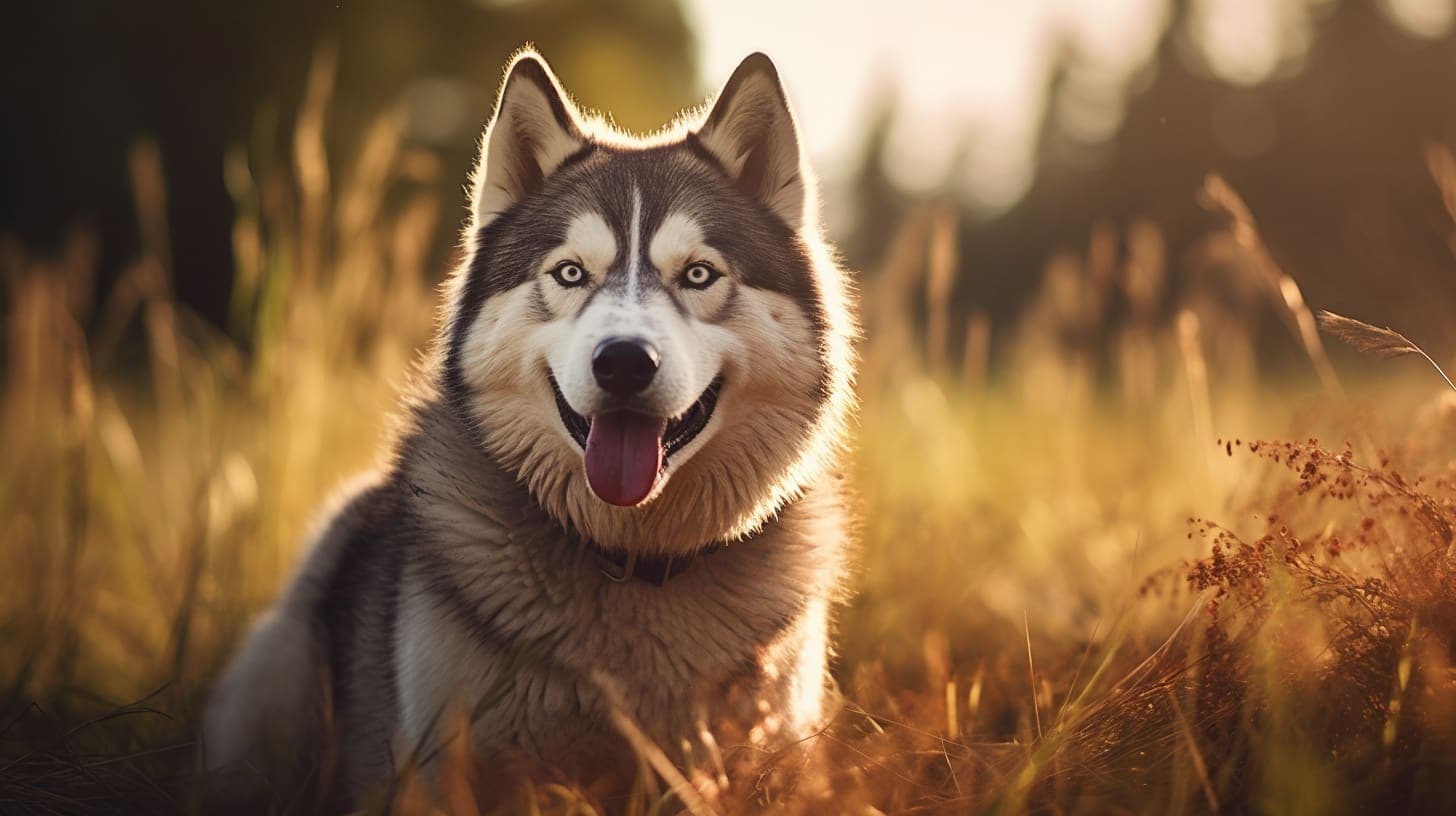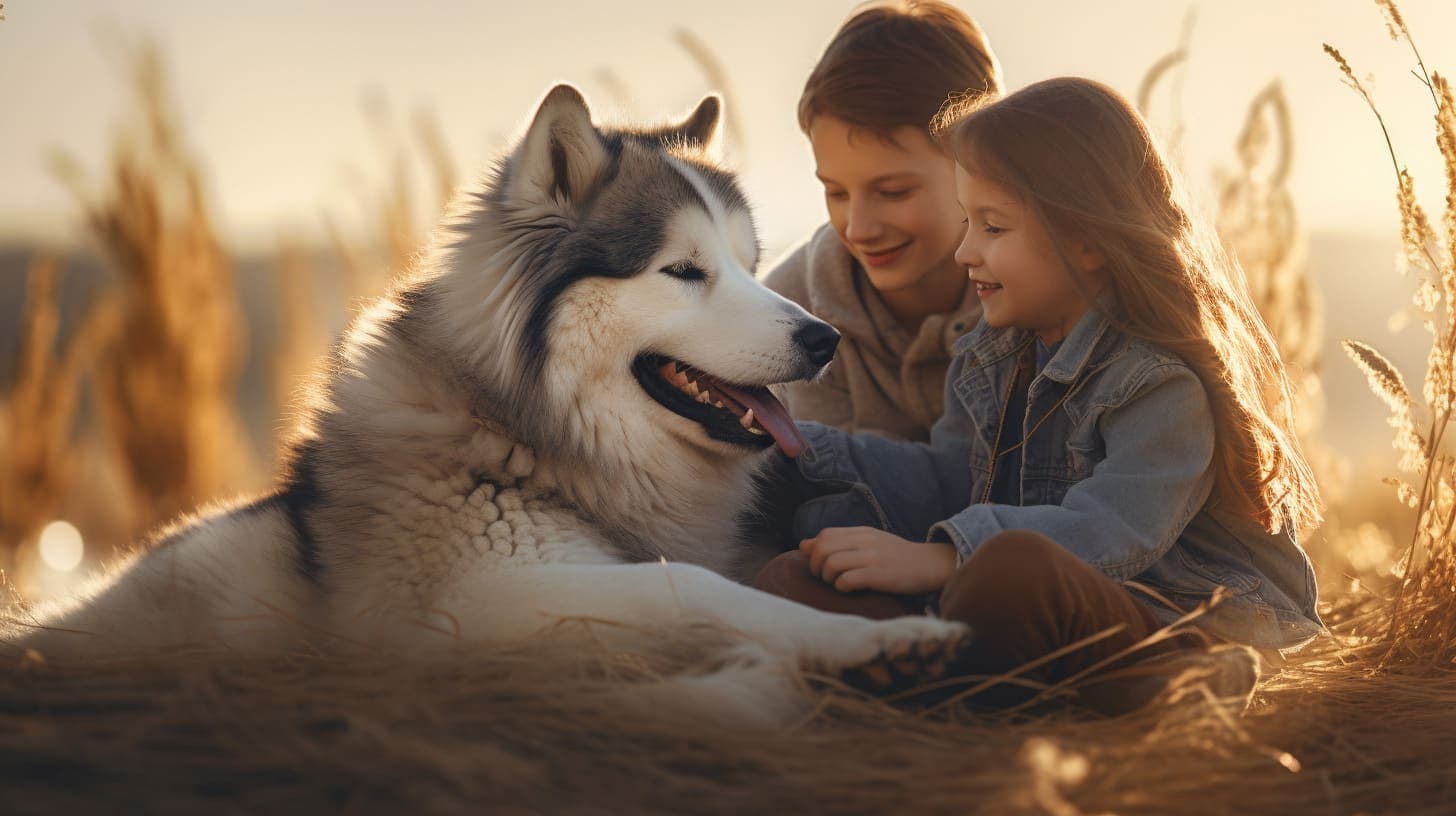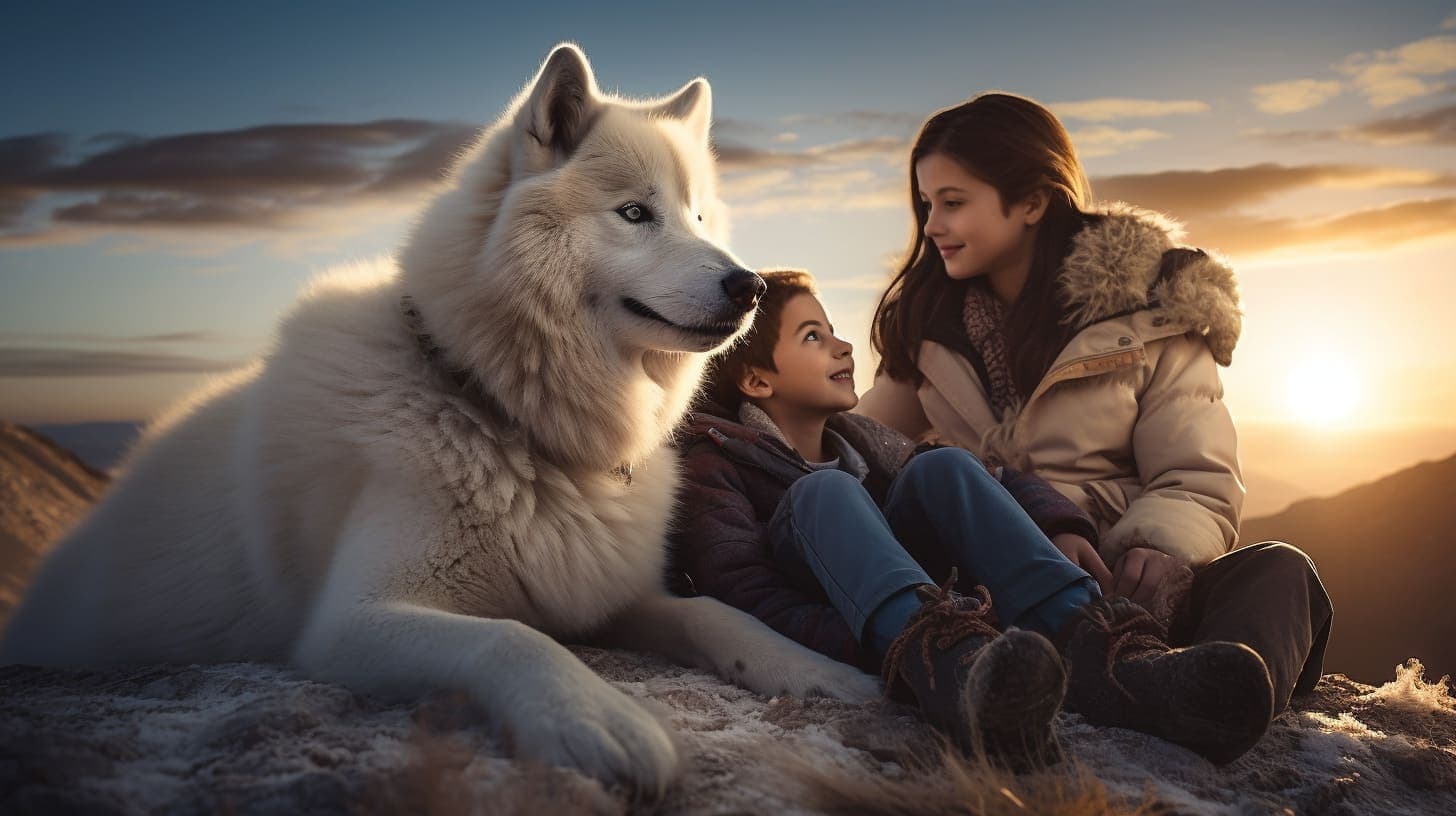Overcoming Socialization Challenges with Your Husky

Tags
Related Articles

The Importance of Early Socialization for Your Husky
This article explores the significant role of early socialization in shaping the behavior and health of your Husky. It provides a comprehensive guide on how and when to start, the benefits, and practical tips to ensure a successful socialization process. Start your Husky's journey towards becoming a well-rounded and healthy dog.

Top 5 Socialization Tips for Huskies
Discover our top 5 socialization tips for Huskies. This guide provides valuable insights into shaping your Husky into a well-adjusted, friendly pet. From puppyhood to adulthood, learn the importance of socialization and how to implement these strategies effectively.

The Siberian Symphony: Do Huskies Bark?
Unravel the mystery behind the unique vocalizations of Huskies in "Do Huskies Bark?". Explore the myriad sounds they make, from melodious howls to friendly woos, and delve into the charming ways Huskies express themselves. Whether it's a friendly greeting or a communal howl, each sound is a note in the beautiful Husky symphony.